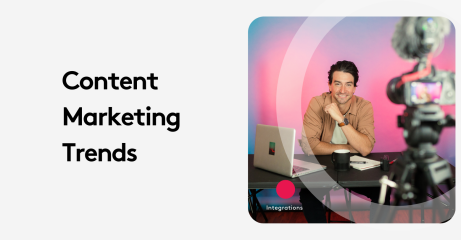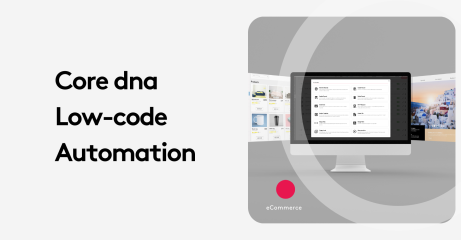Growth Hack Like a Startup
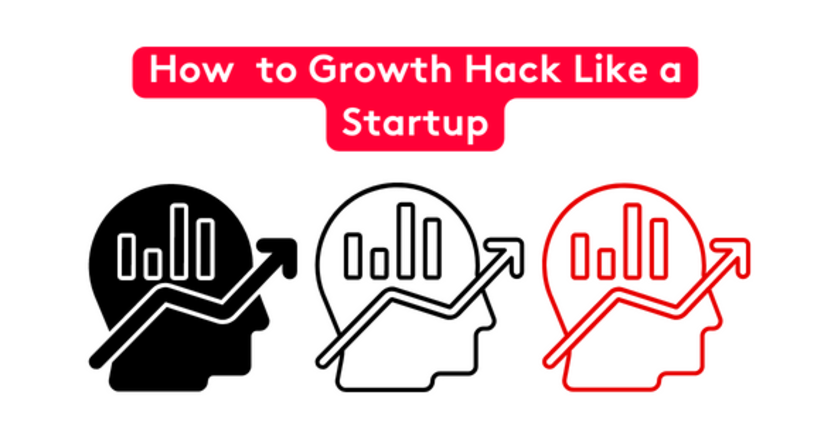
Core dna is excited to be a nominated finalist in the Best Newbie Category at the 2016 MITX Awards. As judgement day looms, we thought we’d reminisce a little, dipping into the history of some huge technology players, back when they too were Newbies. This is #2 in our series.
2010 was really not so long ago but it really feels like Prehistoric times for social media. We’re talking years before Snapchat, Periscope and Meerkat took live streaming to the next level and it was in 2010 that Pinterest and Instagram really made visuals on social media matter. It was also an important year for online education, with Udemy, Skillshare and Quora all launched.
Today it’s impossible to imagine a time when nobody had heard of Instagram but in 2010 they were just getting going like so many other start-ups today. Hustling and testing. Busting to solve that challenge getting initial traction for lift off. How did companies like Udemy and Skillshare solve their ‘chicken or egg’ problem?
In this post you’ll learn 4 growth hacking tactics these companies used (and are still using) to get them off the ground, and how you can apply those to your business .
Let’s get cracking.
On this page:
Restricted access
When you can’t have it, you want it even more badly.
Back when Pinterest was getting started, you quite literally had to beg to be invited. They made you feel like you needed to be a part of their community to be complete.

It gets better.
After new users request an invite, they only received a confirmation email a few days later. This gave the impression you had passed a serious induction process and been approved to join an exclusive club.

This and a few other exclusivity tests soon helped make Pinterest the fastest growing website, ever.
Here’s a few tips to get you started on the Pinterest pathway:
- Limit early availability to create demand buzz
- Access by invitation only to create exclusivity
- Ask users not to spread the word. It’s like reverse psychology on little kids. The more someone tells us not to do something, the more we’re busting to do it.
Platform hacking
‘Sign up with Twitter’ or ‘Sign up with Facebook’ is a given these days.
‘Platform hacking’, exploits the same philosophy to find a way to work with relevant platforms, businesses, products, or services.
One element that made Quora and Instagram spread like wildfire was their ‘push button’ integration with Facebook. Facebook was (and still is) at the top of the social media totem-poll and these guys capitalized on that.

Instagram makes it easy for you to share photos on Facebook, and when a photo is posted, the little ‘via Instagram’ logo increases their brand awareness to a much wider audience.
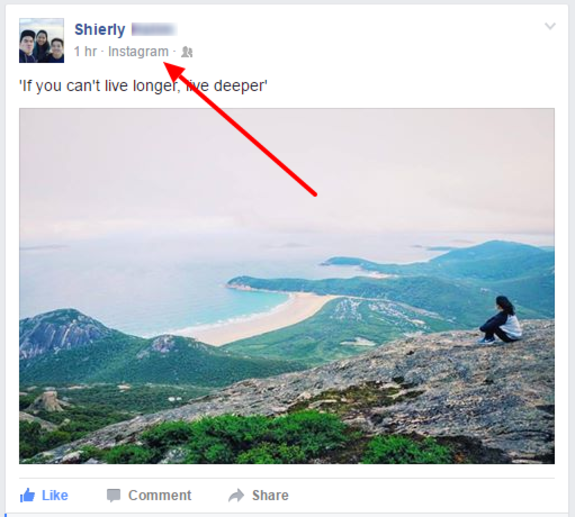
The same idea with Quora. Users have the option to share questions on major social media platforms and they ensure that the audience is exposed to the Quora logo along the journey.
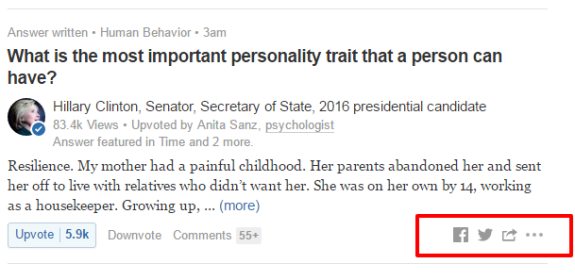
Quora go even further with the platform hacking. When you answer a question on Quora, the system asks you to add that response to your Facebook timeline. So, if you perform an action on Quora, your Facebook friends will see it (if you opt-in) as it features on your Facebook newsfeed.

Social media channels aren’t the only platforms that you can piggyback. Here are a few ways you might ‘platform hack’ in other ways:
- Run joint webinars with other complimentary businesses who share your audience
- Produce joint case studies or eBooks
- Get exposure on a partner’s website via a guest blog post or feature article
Feed the dopamine
A wise man once said,
“If time is money, then Facebook is the most valuable property on the web today”.
Here’s why:
Users spend on average 20+ minutes per day on Facebook, which accounts for nearly 20% of total time spent online.
The infinite scroll coupled with high-quality imagery allows people to keep seeing more and more, feeding our brain’s desire for dopamine with new visual stimuli. Just because Quora isn’t high on visuals, doesn’t mean they can’t feed the dopamine.
Their goal is for users to spend more time on site by discovering new topics, which is what they’re driving at via the ‘Related Questions’ feature.

The logic goes; User sees more questions, so they:
- Follow more topics
- Follow more people
- Return to Quora again and again to view updates by those topics and/or people.
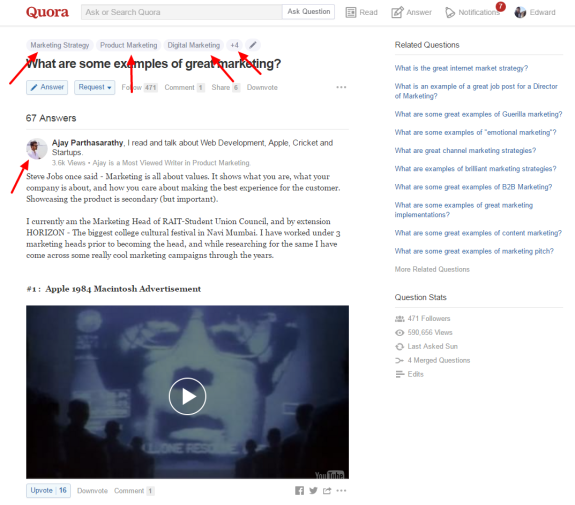
Key takeaway: Provide a sticky experience for your users via more content, topics, or material relating to an item that the user has already shown interest in.
Liquidity hacking
Which came first, the chicken or the egg?
In case you are still debating this age old question in your head, we can exclusively reveal the answer. It was the egg.
“The theory of evolution states that species change over time via mutation and natural selection. Since DNA can be modified only before birth, a mutation must have taken place at conception or within an egg such that an animal similar to a chicken, but not a chicken, laid the first chicken egg. In this light, both the egg and the chicken evolved simultaneously from birds that were not chickens and did not lay chicken eggs but gradually became more and more like chickens over time.”
Source: Wikinfo.org
Two sides marketplaces are always great on paper, but the first challenge is to solve the chicken or egg riddle. So, how did companies like Quora, Udemy, and Skillshare crack this thorny question?
By doing what Josh Breinlinger refer to as Liquidity Hacking
“In short, liquidity hacking is the strategy that successful marketplace businesses employ to reduce the challenges associated with low transaction volumes. It often requires narrowing the scope drastically of the offering until sufficient scale allows you to expand to achieve a broader marketplace.” – Josh Breinlinger
In an interview on TechCrunch, Michael Karnjanaprakorn of Skillshare said to NOT try to do everything. Try to focus on one side of the marketplace and get them to bring in the other side.
And that’s what Eren Bali, one of the co-founders of Udemy did – albeit sneakily.
“there were many creative commons-licensed courses on the internet as part of the OpenCourseWare movement. We legally obtained these videos …and posted them on Udemy. That gave us our first hundred or so courses...”
Source: Quora
This tactic of populating one side of your website’s marketplace to present an impression of a busy, established offering also worked for reddit, Thumbtack, and Airbnb.
So, what are some key takeaways if you’re building a marketplace?
- Fake it ‘till you make it. Build a supply side first by either web scraping to compile data, automate with some bots, or manually populate it.
- Drive organic traffic by blogging and user generated content. Let service providers create their own profiles, which means lots of unique content.
2025 was a big year for five established online players today who were then genuine “newbies”. Do you know if any others who kicked off their business at the turn of this decade? Let us know.



